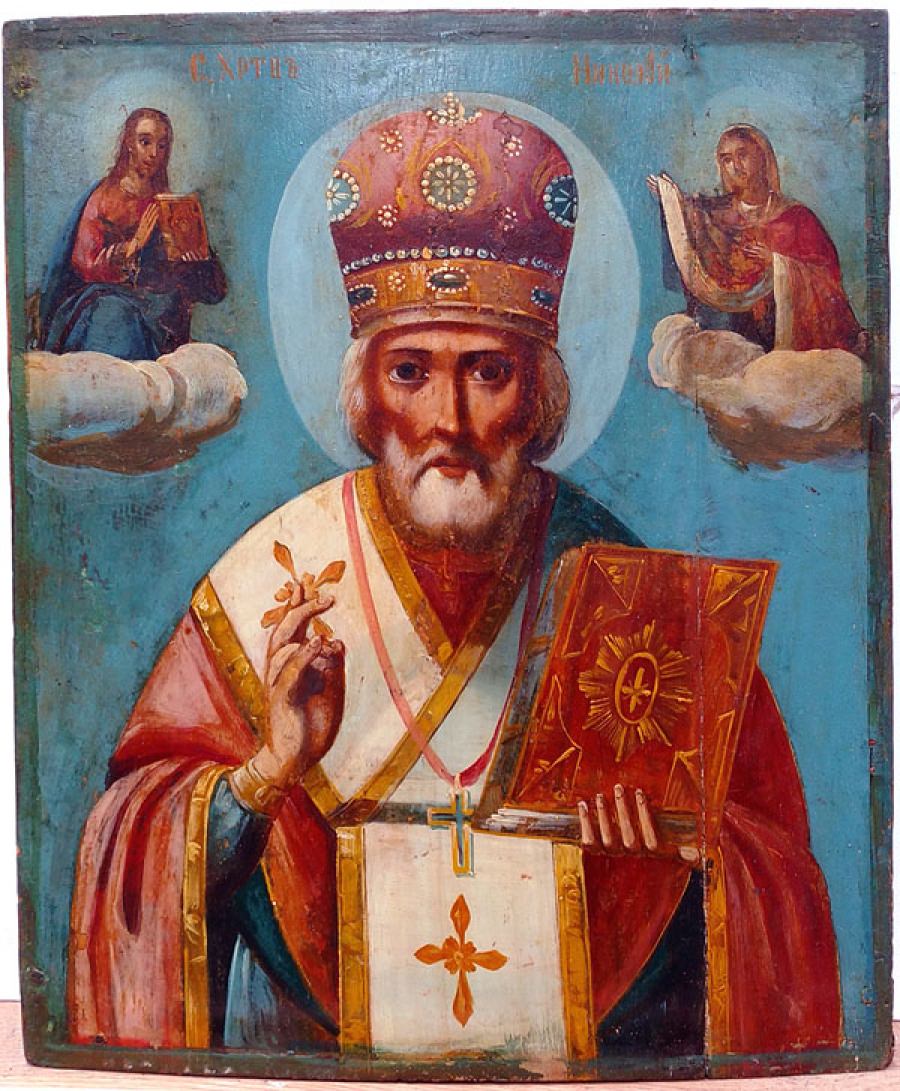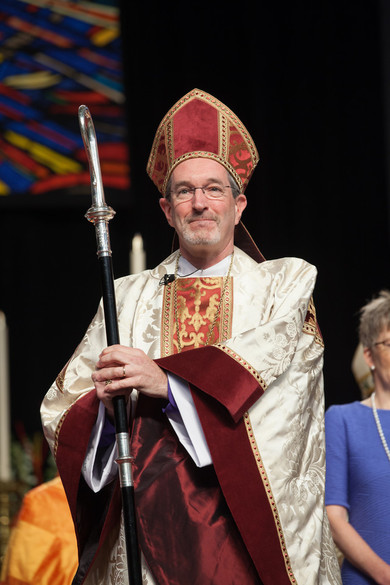On January 6, the Feast of the Epiphany marked the conclusion of the Twelve Days of Christmas. “Epiphany,” derived from the Greek word Epiphaneia, or “Manifestation,” celebrates “the Manifestation of Christ to the Gentiles,” the moment in which God’s love was revealed to all the nations of the world. Eastern celebrations of the day remember three kinds of epiphanies: the arrival of the Magi (the “Three Kings”) at Bethlehem; the Baptism of Jesus in the River Jordan; and Jesus’ first miracle, transforming water into wine at Cana. These mysterious epiphanies reveal God’s love and Christ’s power to the world. We sing “We Three Kings” and we eat king cakes and we bless chalk to bless our homes.
And then we find ourselves in “the season after the Epiphany,” a phrase I’ve always loved. It’s the season in which all of us church people live our lives. Presumably, if you’re part of a church like this in a city like this in 2023, it’s not by accident. It’s not because it’s convenient, or because it’s expected. Presumably you’ve had some kind of “epiphany” or your own, along the way. Something’s happened in your life to reveal God’s love for you.
But now you’re in the season after the Epiphany, in one of those in-between times, living ordinary life and trying to muddle through. And it’s in these seasons, not during the big holidays, that we really see what it means to live a life of faith. What does it mean to remember the warm candlelight of Christmas Eve in the grey slush of January? What difference does it make to have heard the herald angels sing when their voices are long faded from the sky? What’s life like in the long season after the Epiphany, while you wait for the next big thing to arrive?
O God, by the leading of a star you manifested your only Son to the peoples of the earth: Lead us, who know you now by faith, to your presence, where we may see your glory face to face; through Jesus Christ our Lord, who lives and reigns with you and the Holy Spirit, one God, now and for ever. Amen.



